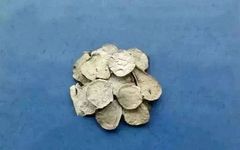
In Traditional Chinese Medicine (TCM), Fuzi (Aconite) is known as the “first product for reviving yang and rescuing from reversal.” It has the effects of reviving yang, rescuing from reversal, tonifying fire and assisting yang, dispersing cold, and alleviating pain. The Shennong Bencao Jing records it as pungent, warm, and toxic.
Fuzi, also known as Wutou or Fupian, is a processed product of the tuberous roots of plants from the Ranunculaceae family, specifically the Aconitum genus. Due to differences in origin and processing methods, there are many clinical applications. Here, we summarize and introduce the commonly used types of Fuzi in clinical practice.
Sheng Fupian (Raw Aconite Slices): Fresh Fuzi is sliced and then dried.
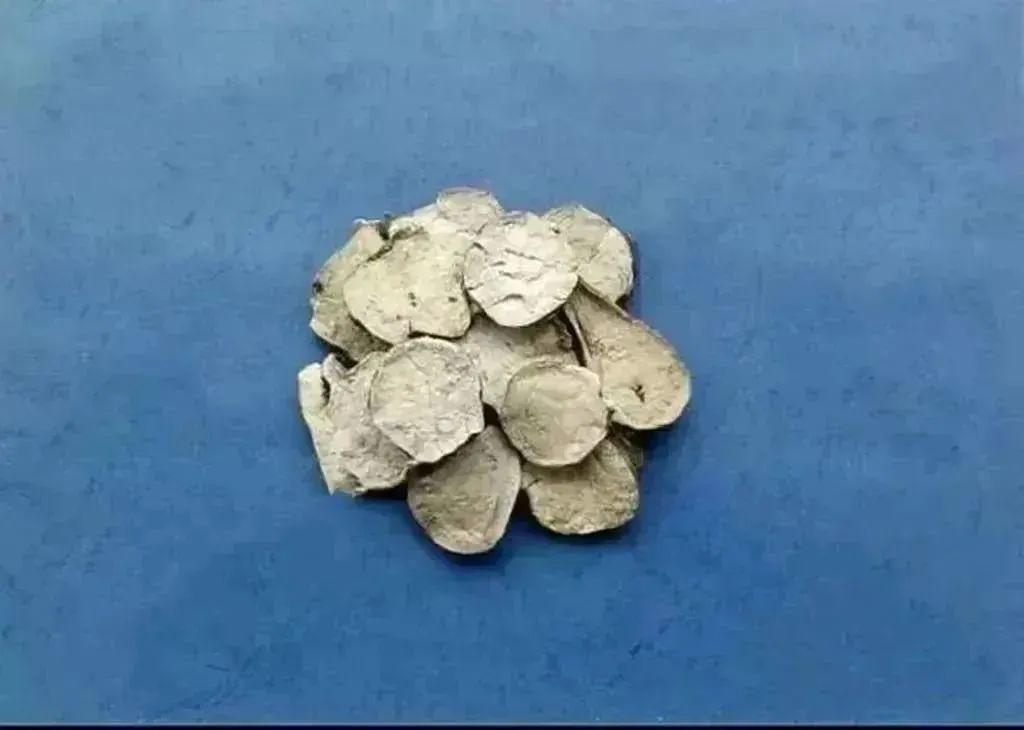
Zheng Fupian (Steamed Aconite Slices): Raw Aconite slices are directly steamed and dried.
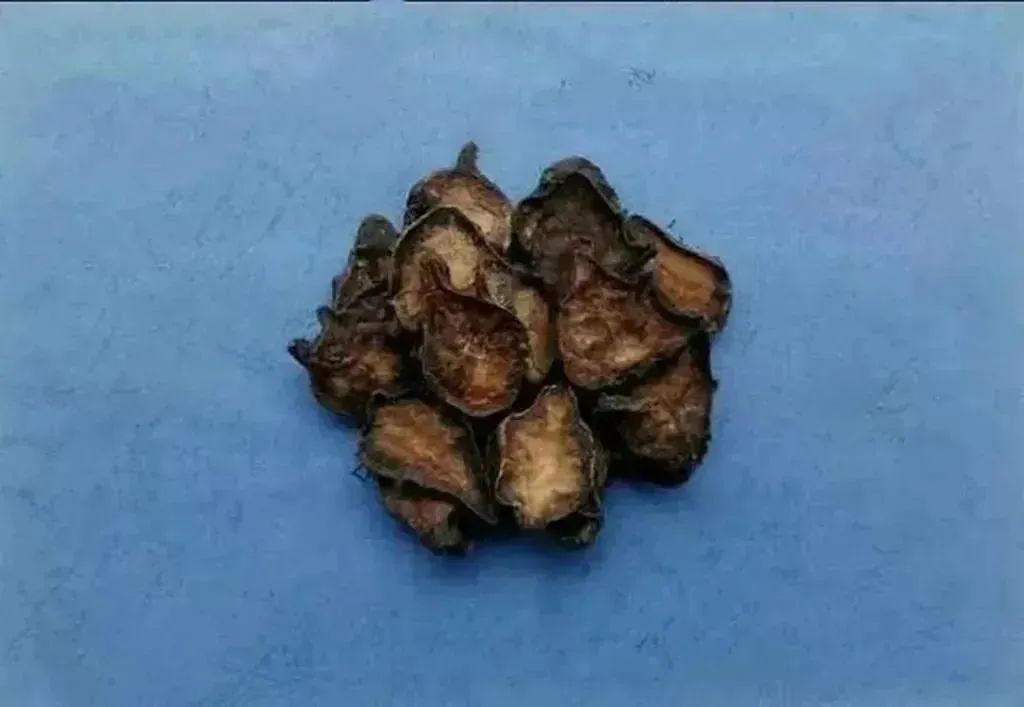
Chao Fupian (Fried Aconite Slices): Made from raw Aconite slices, processed by high-temperature sand frying.
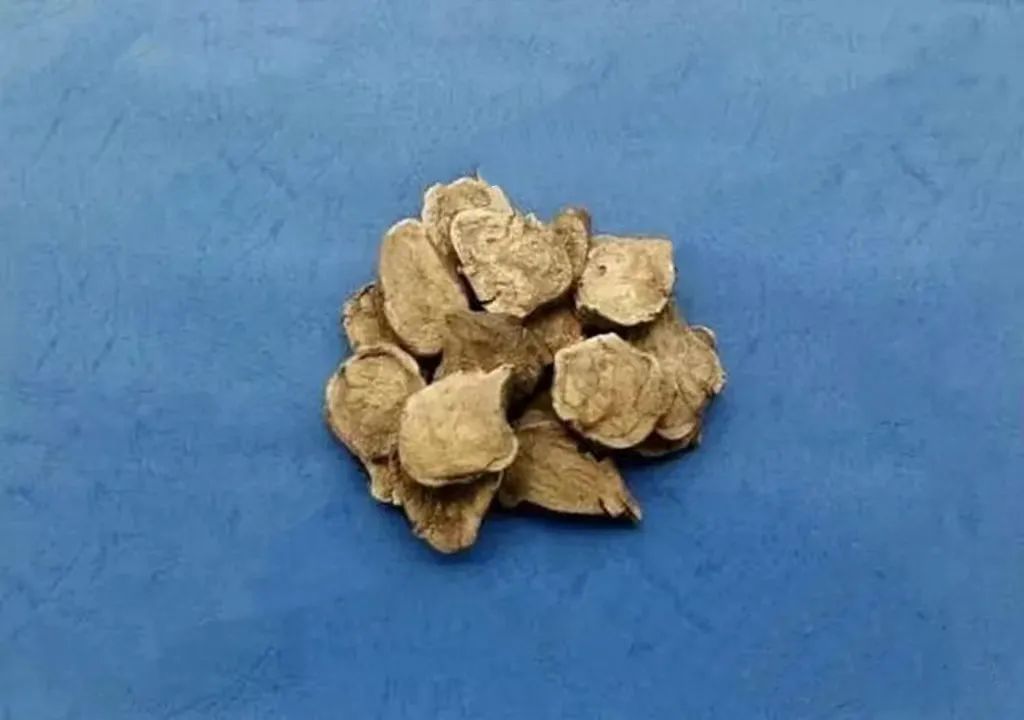
Hei Shun Pian (Black Aconite Slices): Processed by soaking in bile, boiling, cutting into thick slices, removing bile, steaming, and drying.
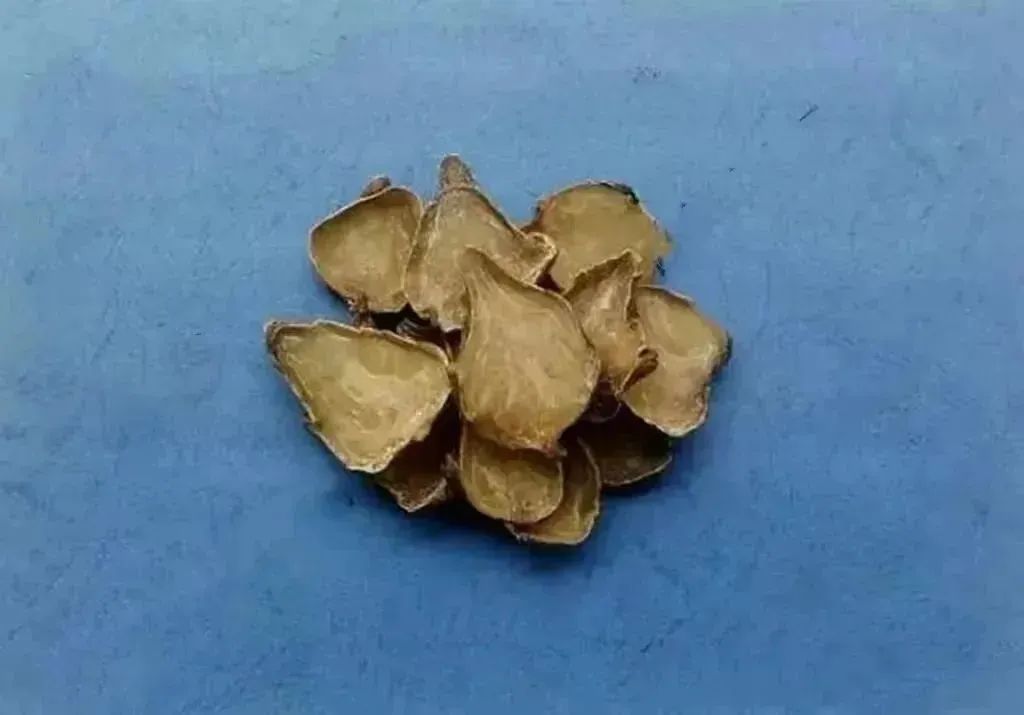
Bai Fupian (White Aconite Slices): Processed by soaking in Danba, boiling, manually slicing to remove the outer skin, cutting into thick slices, removing bile, steaming, and drying.
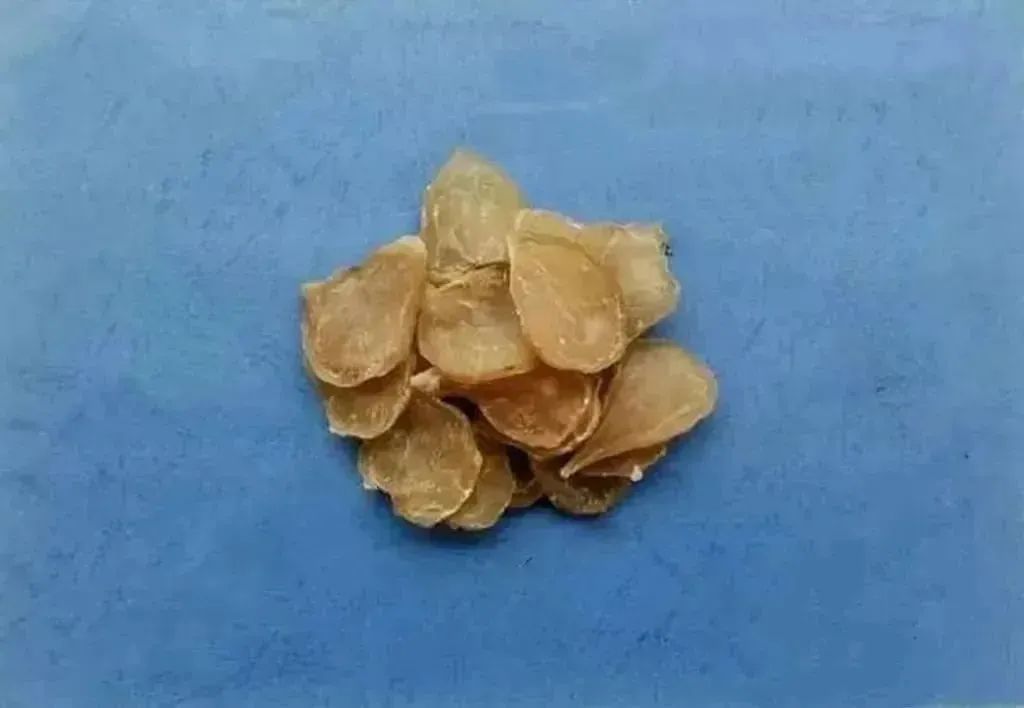
Shu Fupian (Cooked Aconite Slices): Processed by soaking in Danba, boiling, manually slicing to remove the outer skin, cutting into thick slices, removing bile, steaming, and drying.
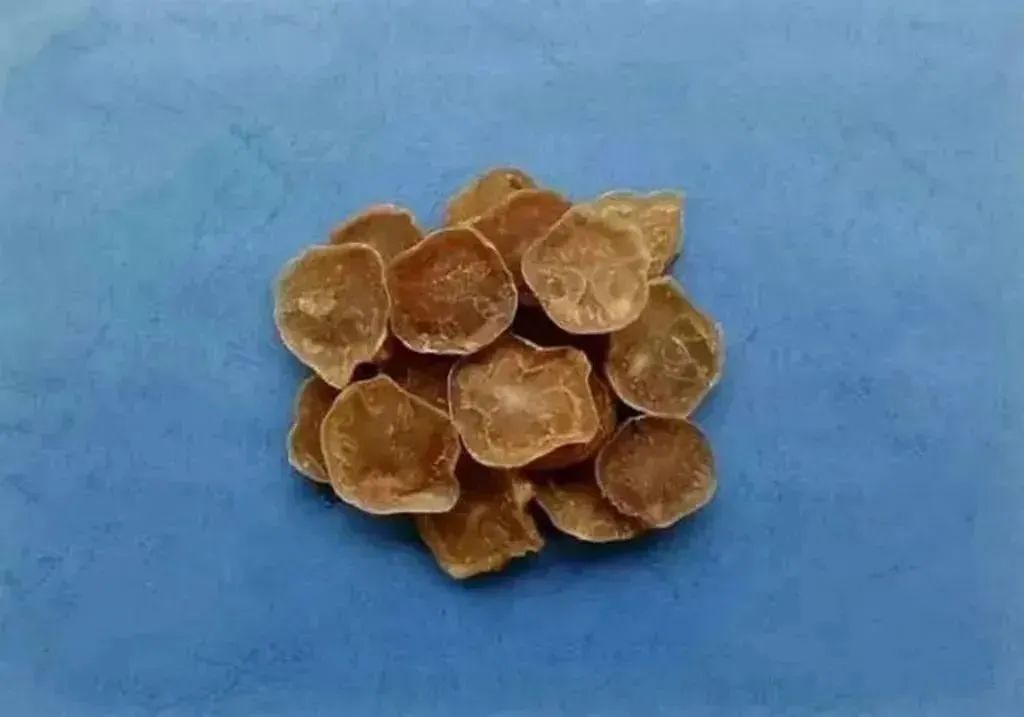
Pao Fupian (Sand-Fried Aconite Slices): Aconite slices processed by sand frying.

Yan Fuzi (Salted Aconite): Soaked in bile and salt, dried, and repeatedly soaked until salt crystals appear on the cross-section, traditionally used to tonify the kidneys and assist yang.
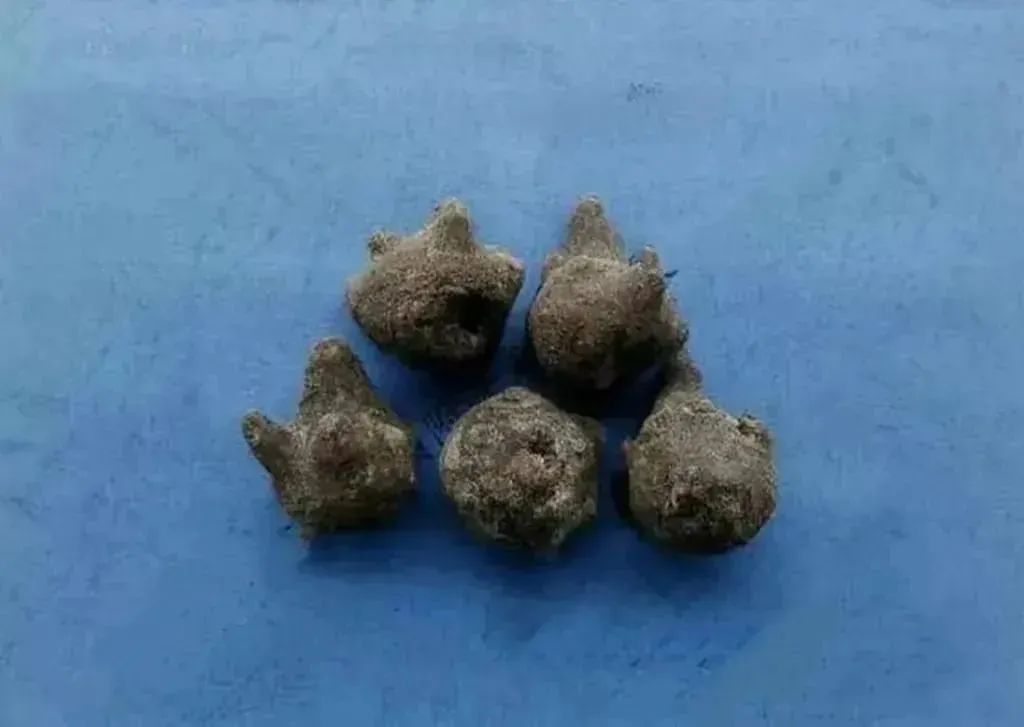
Dan Fupian (Light Aconite Slices): Salted Aconite is rinsed with clean water to remove salt and bile, then boiled with licorice and black beans until thoroughly cooked, sliced thinly, and dried.
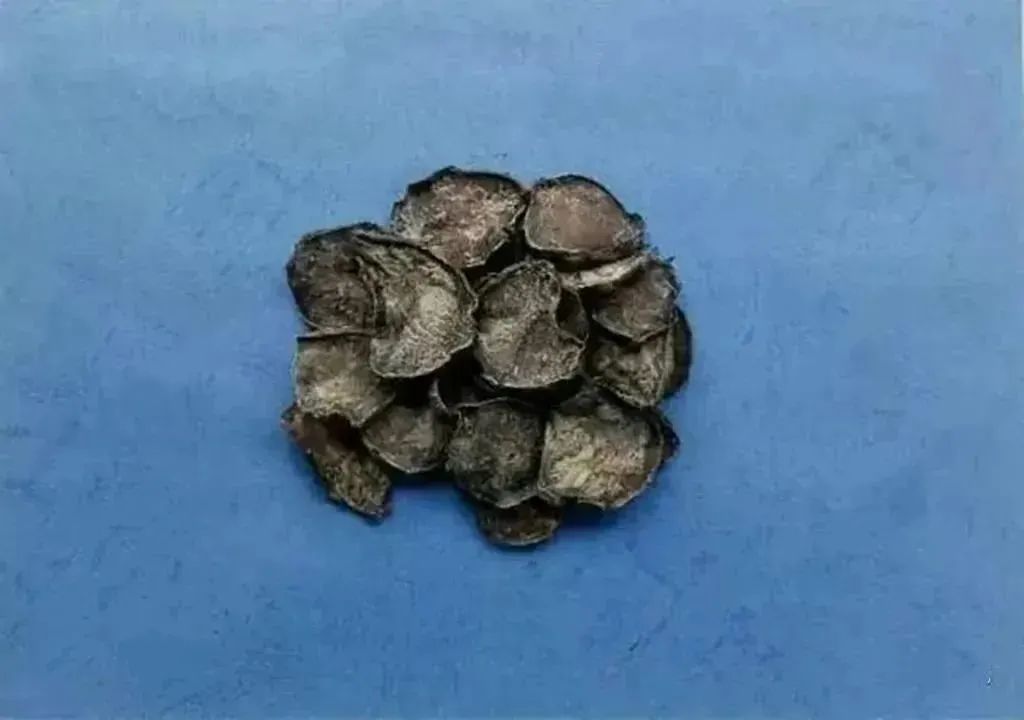
Pao Fupian (Shaved Aconite Slices): Processed by soaking in Danba, boiling, slicing thinly, cutting into thick slices, removing bile, steaming, and drying.
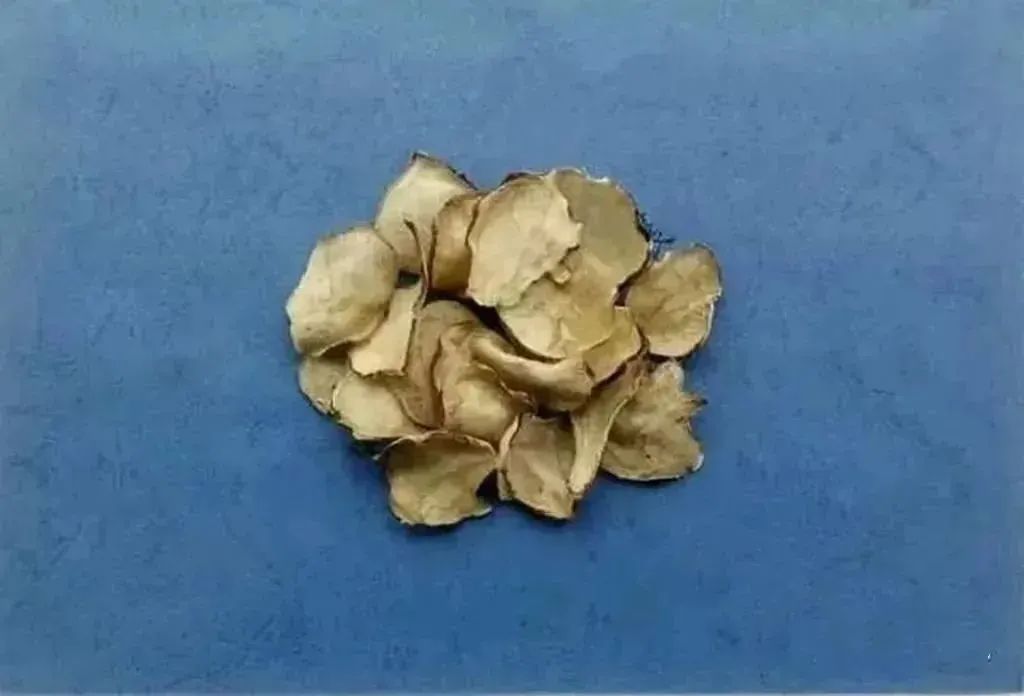
Huang Fupian (Yellow Aconite Slices): Processed by soaking in bile, boiling, manually peeling with a bamboo knife, cutting into thick slices, and soaking in juice from safflower and gardenia, then drying.

Chuanwu (Chuan Aconite): The maternal root of the Aconitum plant from the Ranunculaceae family, generally harvested in late June, with the above-ground stems and leaves removed, and the maternal and subsidiary roots separated. The maternal root is dried and referred to as Chuanwu.
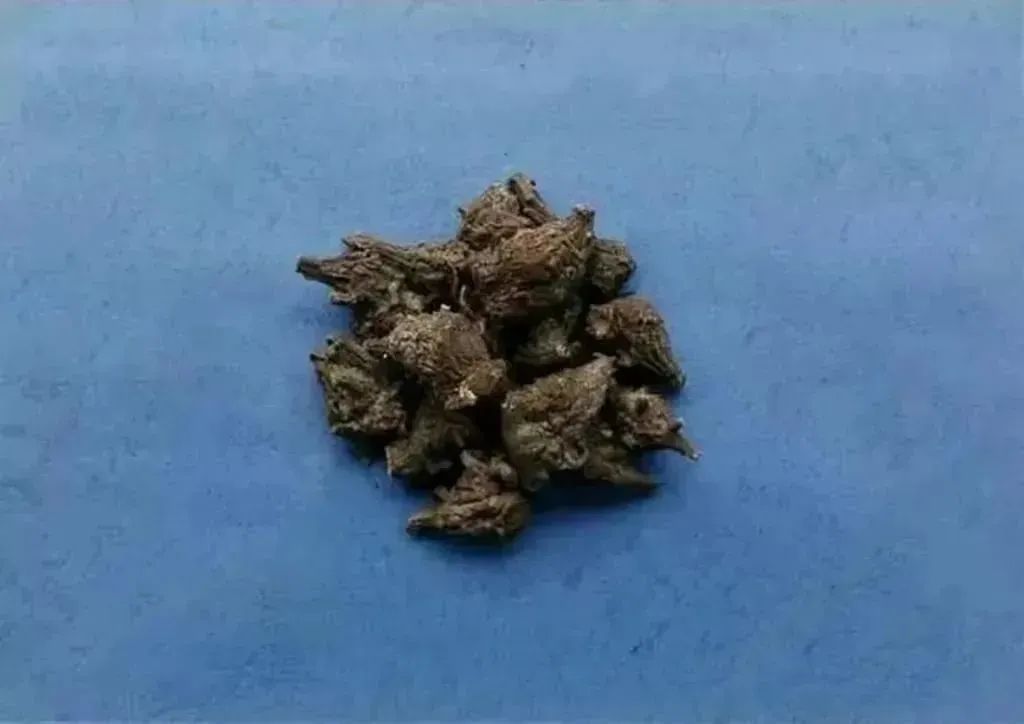
Commonly Confused Medicinal Herbs with Fuzi:
Bai Fuzhi (White Aconite): The tuber of the plant from the Araceae family, specifically the plant known as Du Jiao Lian. Harvested in autumn, the fibrous roots are removed, and it is dried. It is often used for phlegm obstruction due to stroke and for seizures.
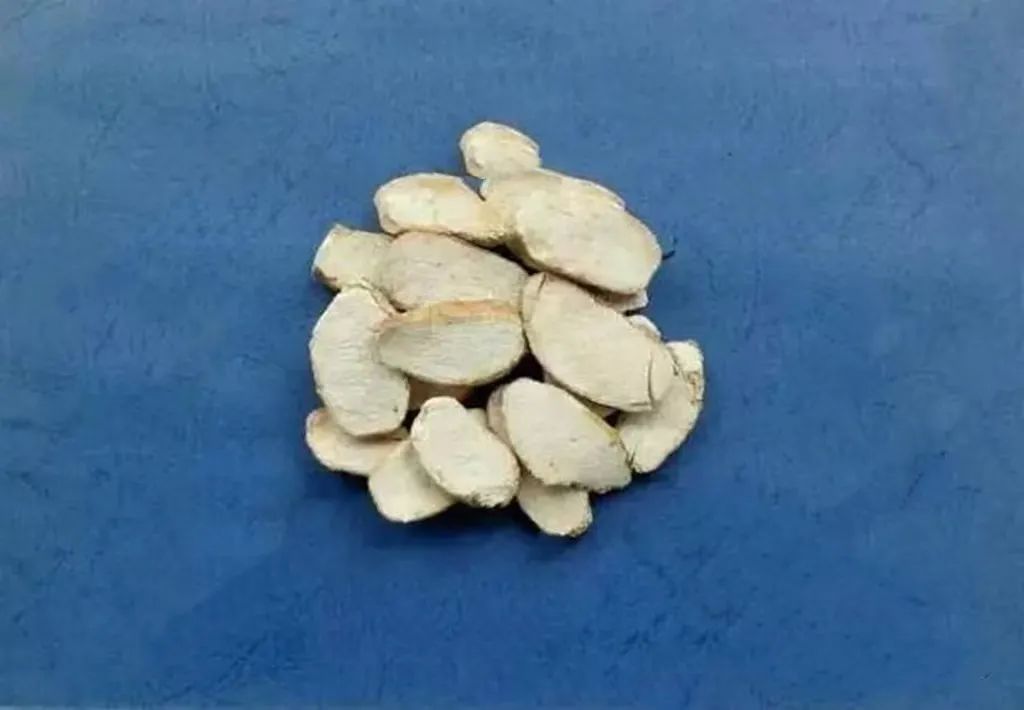
Editor: Liang Huihui
 ENDCopyright Statement
ENDCopyright Statement
This public account is non-profit. We focus on sharing, and some articles and images are sourced from the internet, with copyright belonging to the original authors. If there are any objections, please inform us for timely removal.
Issue No. 1062
Stay Tuned



